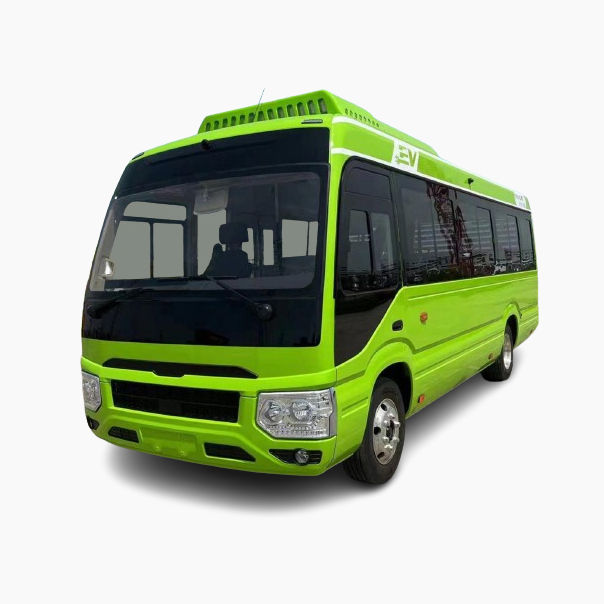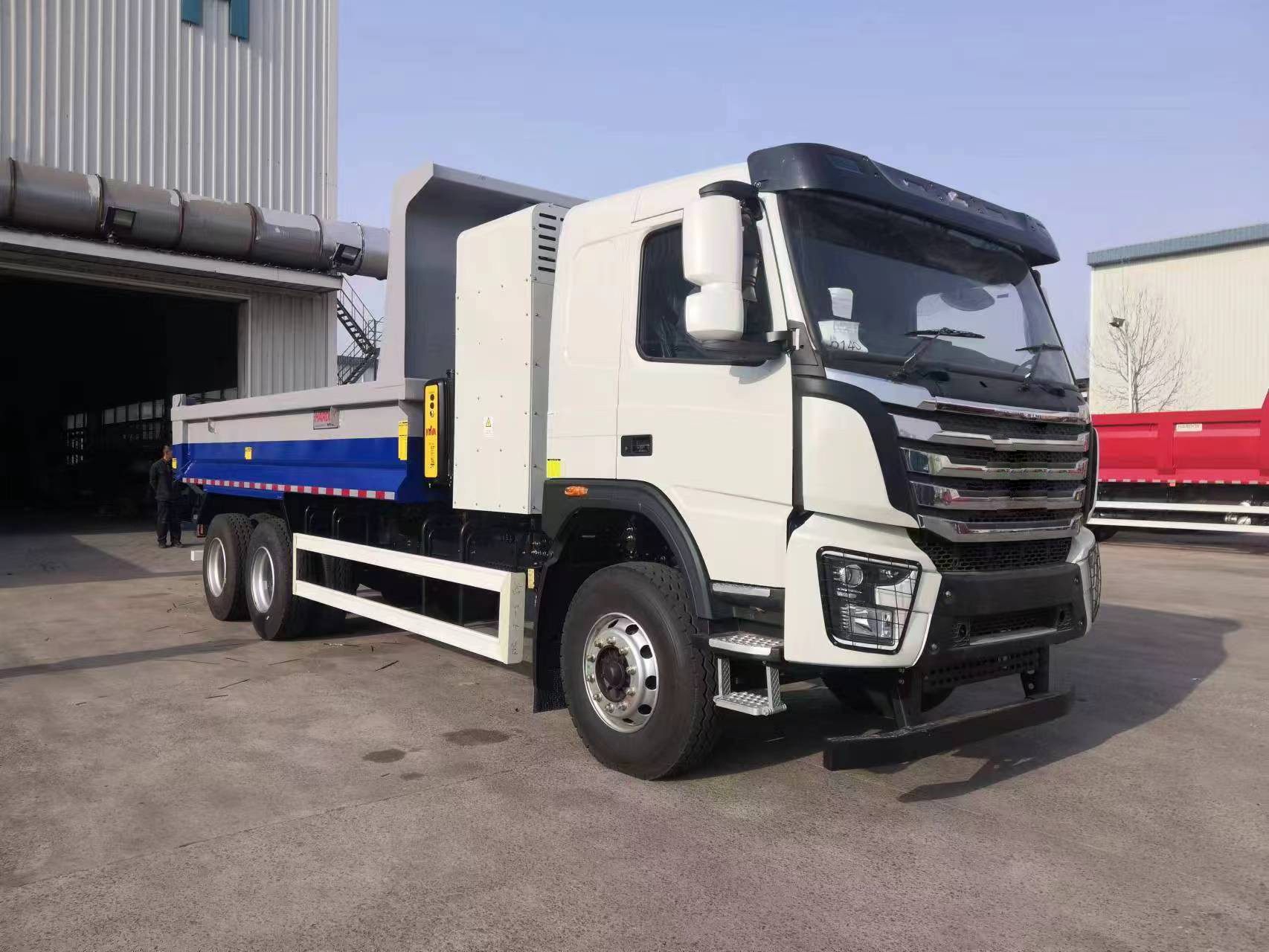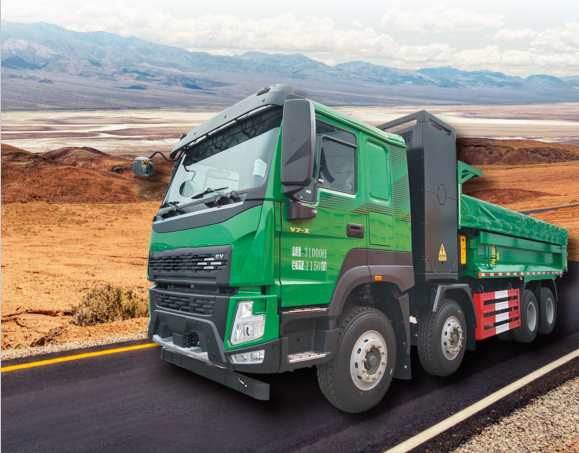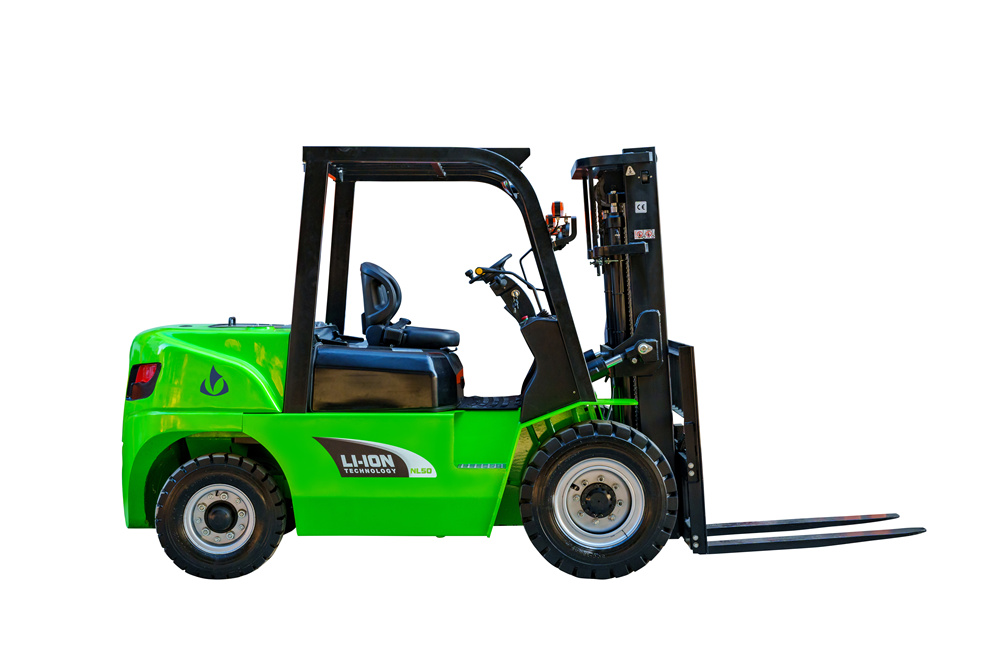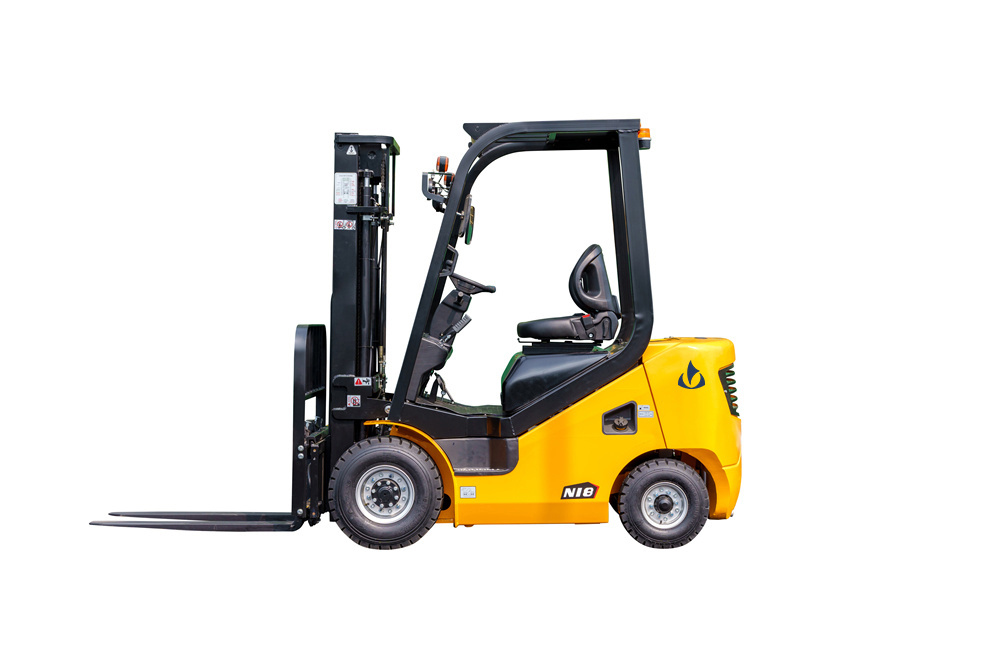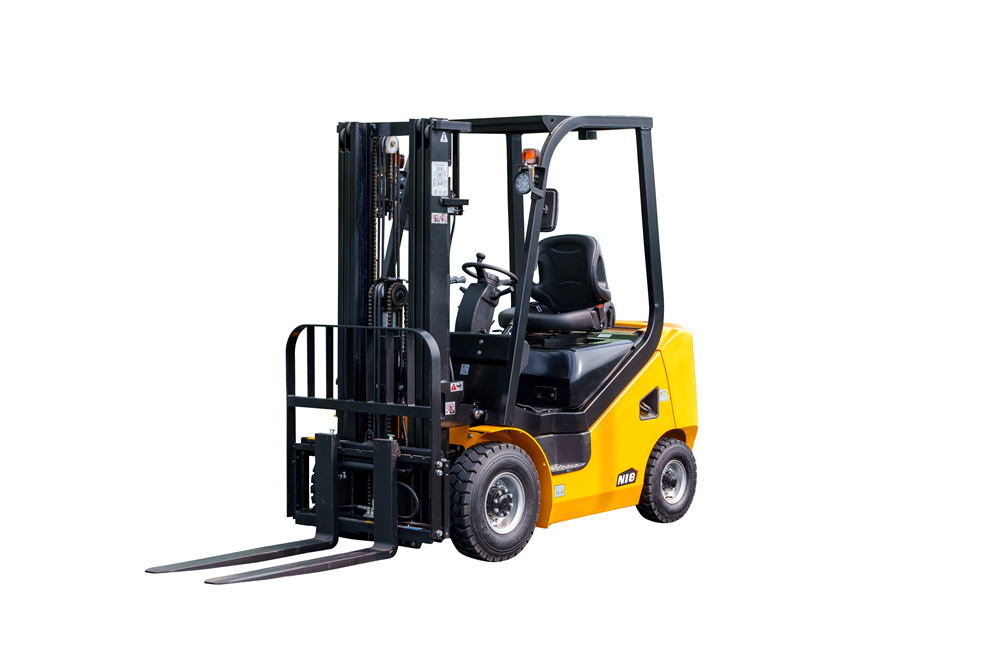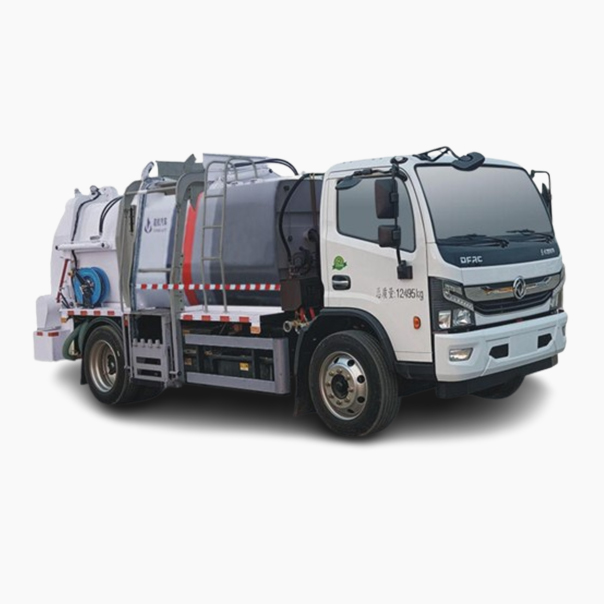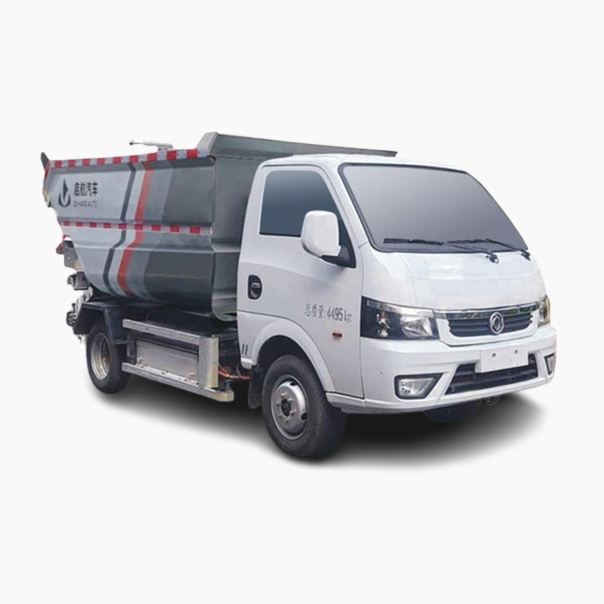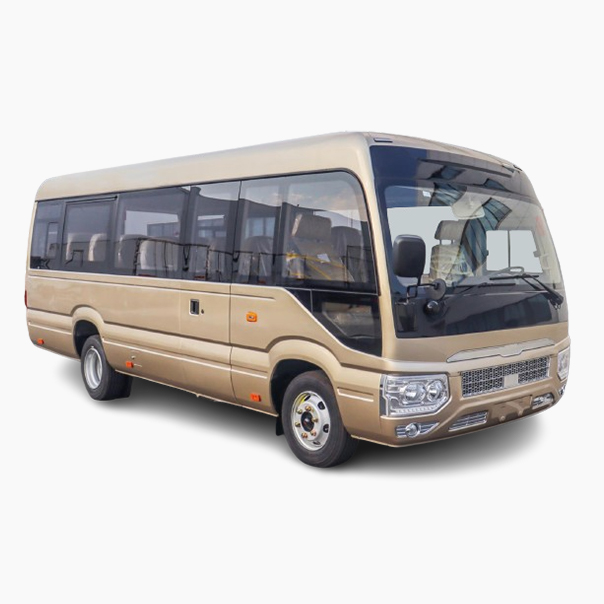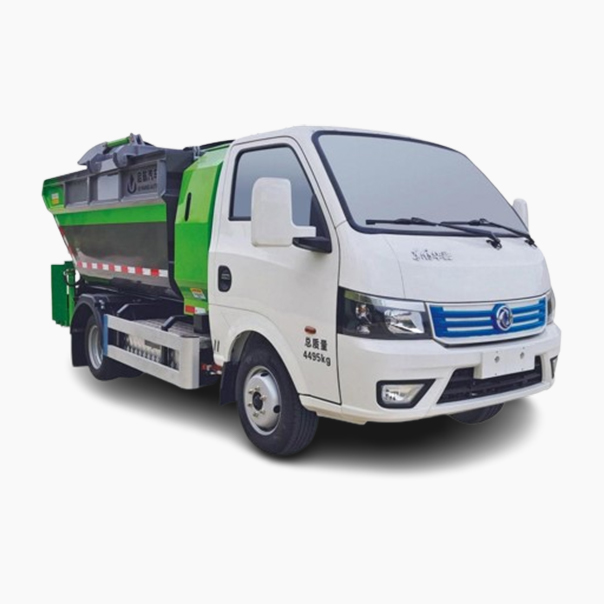As a specialized tool for targeted support of official activities, the core role of government vehicles can be summarized into the following five aspects:
1、 Basic official security
Confidential communication
Ensure timely tasks such as the transmission of confidential documents and emergency information, and guarantee the safe and efficient flow of government information.
Emergency response
Used for rapid scheduling and resource transportation in emergency situations such as natural disasters and public health emergencies.
Law enforcement duty
Support the patrol and inspection, on-site law enforcement, and case investigation actions of public security, municipal supervision, environmental protection and other departments.
Special professional technology
Equipped with special equipment for tasks in professional fields such as firefighting, medical rescue, and environmental monitoring.
2、 Improving administrative efficiency
Cross regional official duties execution
Ensure the demand for medium and long-distance official travel such as research and investigation, cross departmental collaboration, and break geographical restrictions.
Collective travel support
Meet the needs of conference reception, group travel and other scenarios through MPV and other vehicle models.
3、 Policy Demonstration and Industrial Guidance
Benchmark for New Energy Transformation
Strictly implement the procurement policy of "localization+new energy" (with the proportion of new energy vehicles added by 2025 being ≥ 30%), and convey the concept of green travel to society.
Industrial chain upgrade booster
Centralized procurement of domestically produced new energy vehicles drives breakthroughs in core technologies such as batteries and electric drives.
4、 Standardized Management Practice
Cost intensive control
Unified preparation, standard procurement (such as new energy cars ≤ 180000 yuan), and operation and maintenance cost supervision to reduce administrative costs.
Transparent supervision
Vehicle identification management (with a national identification rate of 99.4%), accepting public supervision to curb the private use of official vehicles.
5、 Preservation of State owned Assets
Full lifecycle supervision
Establish a closed-loop management system from procurement, use to disposal (such as 80000 kilometers or 5-year mandatory circulation) to prevent asset loss.
Trend change: Currently, official vehicles are rapidly transitioning from traditional fuel vehicles to new energy vehicles. Domestic models with a range of over 500 kilometers and support for fast charging (30 minutes to 80%) are gradually becoming the main force, while strictly controlling loopholes such as "private car public maintenance"
The pure electric Longxing official vehicle (153Kwh lithium manganese oxide) is a medium-sized passenger car customized and developed for the Korean market. The vehicle uses 153Kwh lithium manganese oxide batteries with an energy density of>500Wh/L and a range of over 260km. The vehicle is equipped with PDW, AEBS, ADAS and other systems, and adopts a bus interior design. It has good economy and is the best choice for medium and low volume scenarios such as bus passenger transport, airport shuttle, and scenic commuting.
